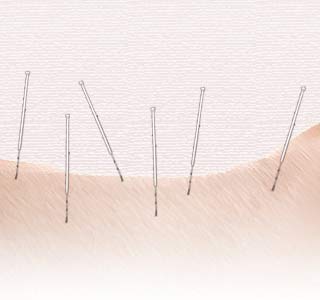
For this purpose the investigators evaluated a group of patients with chronic back pain. It was observed that all the patients, irrespective of the treatments received, yielded similar results. This observation was made in the patients who received a normal treatment as against to those who received individualized, standardized or simulated (without penetrating the skin) acupuncture. Individualized acupuncture was stated to consist of a tailor-made prescription of acupuncture points from a diagnostician, while standardized acupuncture consisted of a single prescription for acupuncture points on specific portions of the body known to benefit such patients. On the contrary simulated acupuncture instead of using needles made use of toothpicks in a needle guide tube without going through the skin. This type of acupuncture was believed to have been conducted on the points prescribed in standardized acupuncture.
Senior investigator, Daniel C. Cherkin, PhD, Group Health Center for Health Studies, Seattle, says that, “This study suggests that acupuncture is about as effective as other treatments for chronic back pain that have been found helpful. But we found that simulated acupuncture, without penetrating the skin, produced as much benefit as needle acupuncture—and that raises questions about how acupuncture works.â€
It was observed that all the patients receiving acupuncture seemed to yield similar results. These investigators stressed that although acupuncture seemed to benefit these patients; it was not essential to make use of needles or customized acupuncture points.
Senior investigator, Karen J. Sherman, PhD, MPH, from the Group Health Center for Health Studies, says that, “We don’t know precisely why people got back pain relief from the simulated acupuncture. Historically, some types of acupuncture have used non-penetrating needles. Such treatments may involve physiological effects that make a clinical difference.â€
These investigators have stated that there appears to be no highly effective treatment for chronic back pain in Western medicine. Thereby people suffering from such a pain usually resort to other forms of medicine including acupuncture.
This trial has been published in the Archives of Internal Medicine.
